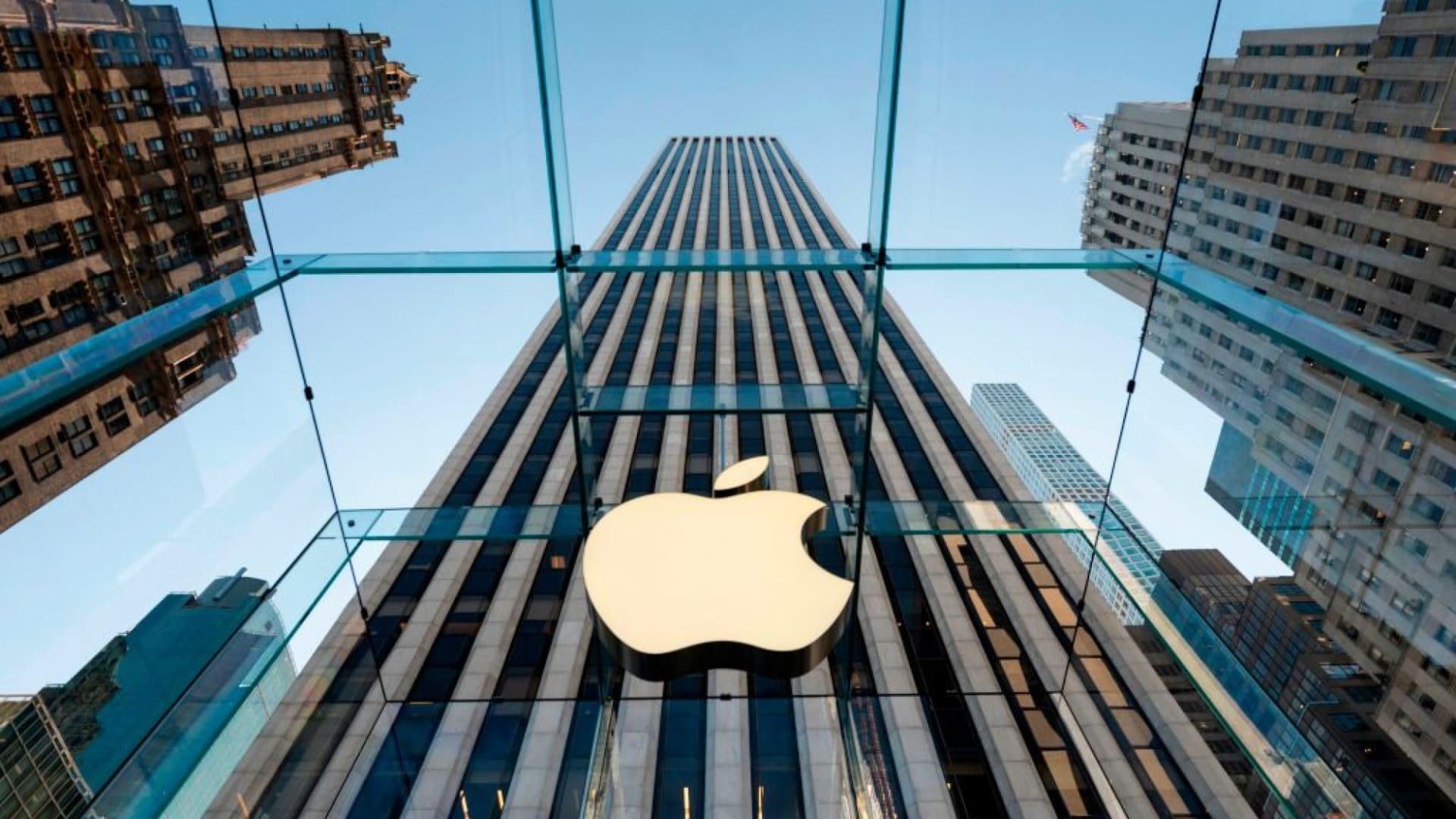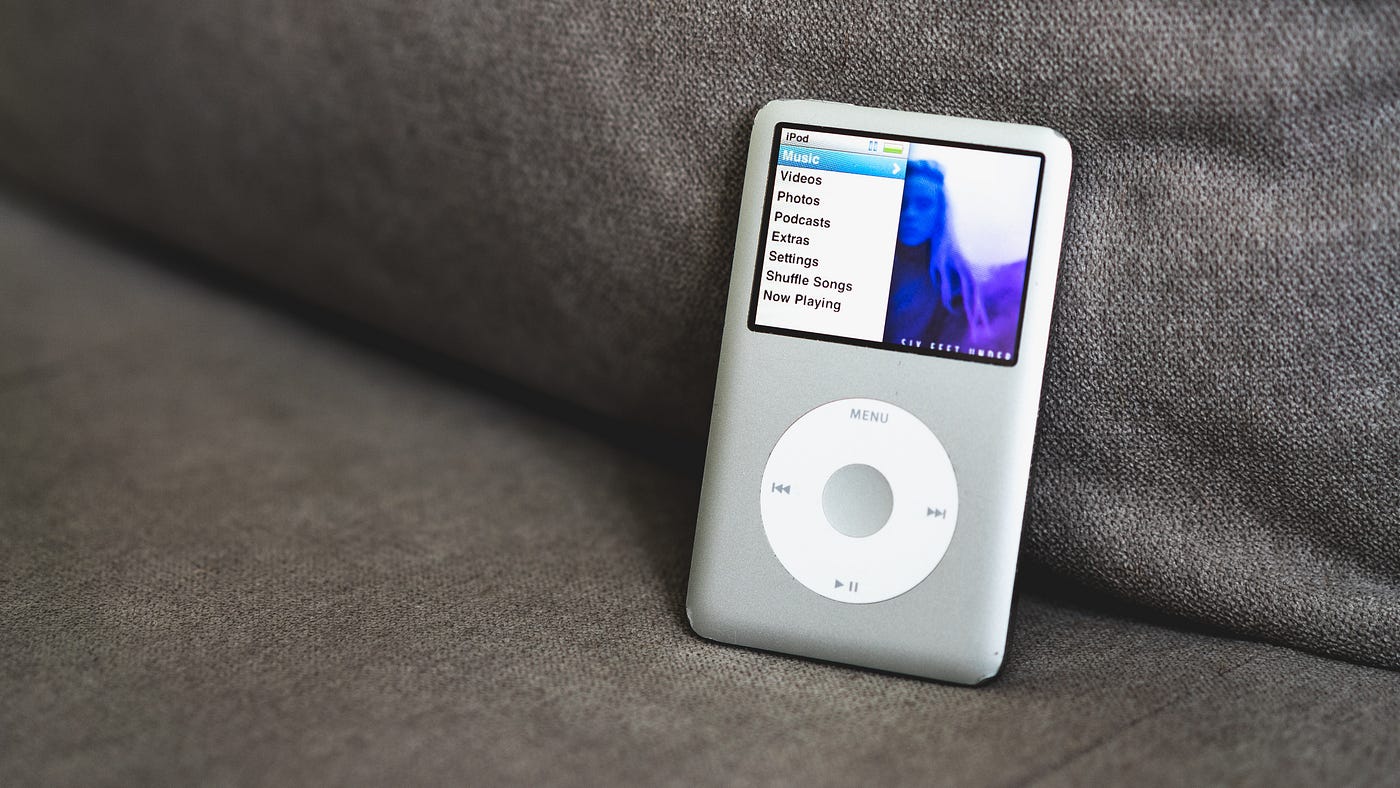

Discrepancies between the way a brand presents itself—brand identity—and how it is perceived—brand image—can significantly hinder its success. For example, public outrage directed at BP over the recent oil spill in the Gulf of Mexico was aggravated by the fact that BP had apparently broken its promise to go “Beyond Petroleum” and toward more environmentally friendly alternatives. But even companies that aren’t likely to be responsible for environmental disasters can still avoid brand disasters by creating an identity that ensures a unique and compelling brand image, and working to prevent inconsistencies between desired identity and perceived image.
“Brand identity” encompasses a brand’s core idea, values and personality, as well as the way it looks, sounds and feels. In order to create an identity that is easily understood by customers, every brand must be driven by a powerful and unified core idea, and take actions that are consistent with that idea. Failure to “walk the walk” can lead to indifference, confusion or worse, aversion (as with BP).
The core idea that runs through every vein of a successful brand informs its larger personality; it serves as a foundation for the brand’s vision, values and core competencies. This idea—which managers should be able to articulate succinctly—serves as a raison d’être; it makes the brand unique and implies a promise to the customer. Ideally, it makes the buyer feel like the product was made for them. The simplicity of this core idea is vital to creating a brand identity that is consistent and instantly recognizable.

Sports brand Nike revolves around the core idea of ‘victory.’ Closely related ideas—also intangible aspects of Nike’s brand identity—include athletic prowess, physical fitness, an enhanced life and advanced technology. Offshoots of the core idea serve to extend the brand identity for specific needs. For example, Nike’s women’s apparel line might play up a more feminine take on athleticism, while goods marketed at teens could emphasize the relationship between athletic victory and “coolness.” Regardless, the core idea remains unchanged.
Brand identity also includes tangible attributes—that is, those that are directly available to the five senses. Hence, the core idea must be conveyed by the brand’s logo, colors, typography and packaging, as these elements are the most easily and rapidly recognized by customers.
While the average consumer is quick to relate “branding” to visual elements such as the logo, marketing trends have been moving to encompass all five senses for a more holistic approach to building brand identity. Martin Lindstrom argues, in his book Brand Sense, that “over the past century the advertising world has indulged and catered to our sense of sight ensuring optimal visual satisfaction. We’ve become visually sophisticated, and we know that what we see is not always what we get.”1 Perhaps partly for this reason, companies are increasingly tapping the other four senses in order to express the brand’s core idea as a more complete sensory experience. These strategies are often highly memorable. McDonald’s, for example, created an upbeat jingle for the slogan “I’m Loving It.” The strategy proved so effective that in China, McDonald’s hired famous Chinese pop singer Leehom Wang to sing the tune in Chinese [link to Sound Branding: Building a Sound Identity article in Lab Report].
Identifying the Core Idea
If every brand is built on a core idea, how do companies find the right one?

Market research provides crucial information for identifying a brand’s core idea, and how it should be expressed for maximum effectiveness. A comprehensive brand research program analyzes a brand’s situation by understanding the brand’s history, its trajectory for the future (i.e., the leaders’ vision for the brand), its core competencies and potential weaknesses. It also scopes out the playing field by comparing the brand with its principal competitors, placing it in context within its industry and possibly finding gaps in the competitor offerings. Finally, research can uncover which attributes are most valued or desired by customers. The brand’s core idea is pinpointed by carefully analyzing this information, ensuring that it is rooted in truth, differentiated from competition and relevant to customers and prospects.

The core idea of the brand should impact both internal and external “touchpoints,” or points at which the brand interacts with customers, employees or other relevant individuals. A brand’s touchpoints vary by situation and strategy, but can be broadly grouped into categories. Because brands are ultimately judged by their actions as much as their messaging, thinking about touchpoints in these categories can help determine an action plan for the brand that is consistent with the core idea.
Starbucks and Apple are two companies that have experienced tremendous success because of strong and consistent brand identities that have turned the label into a lifestyle. Starbucks has converted the ordinary daily ritual of drinking a cup of joe into an extraordinary opportunity for indulgence. In this way, it convinces the public that it occupies a different stratum from the typical corner coffee shop. One result: employees feel personally invested in the brand, and are thus more motivated and hardworking. In turn, the more motivated employee makes for a more pleasant customer experience, giving Starbucks the ability to charge a premium for their coffee.

Apple Computers is a second example of a company that has built up a formidable legion of fiercely loyal fans. From car decals to tattoos, signs of allegiance prove that the brand represents to millions of consumers a mentality and lifestyle that goes beyond a product or logo.

Such rabid devotion acts as a highly effective barrier to competitors who try to enter the market. Just as the quality of Starbucks’ brew is hotly contested by coffee aficionados, whether or not Microsoft’s Zune—it’s iPod competitor—is truly an inferior product is open to debate. But Zune’s ineffective attempt to topple iPod’s monopoly was due in part to its inability to swing diehard Apple devotees to its side.

A brand’s image—its perception by outside constituents—is influenced by its brand identity—tangible and intangible attributes that surround a single core idea. Informed by market research, this idea should be true and credible, differentiating from competition and relevant to stakeholders (including customers, of course). When expressed consistently through messaging, design, products and actions, a strong brand identity can motivate employees, allow pricing premiums, inspire customer loyalty and keep competitors at bay. By “walking the walk” in terms of this idea, brands can avoid perceived inconsistencies between what they say and how they act, thereby strengthening their brand image.
[1] Lindstrom, M. (2005). Brand Sense. p. 9.
A Labbrand Group Company © 2005-2024 Labbrand All rights reserved
沪ICP备17001253号-3To improve your experience, we use cookies to provide social media features, offer you content that targets your particular interests, and analyse the performance of our advertising campaigns. By clicking on “Accept” you consent to all cookies. You also have the option to click “Reject” to limit the use of certain types of cookies. Please be aware that rejecting cookies may affect your website browsing experience and limit the use of some personalised features.